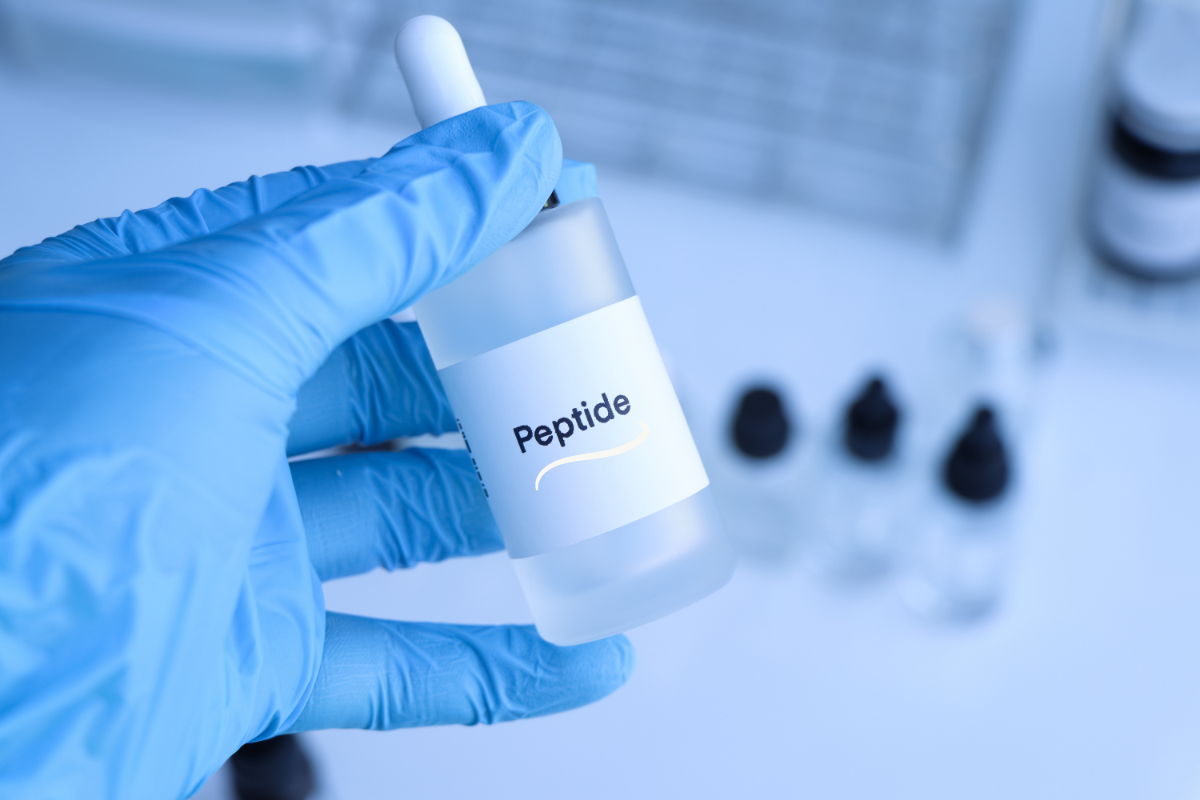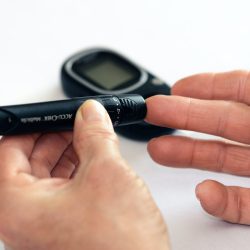The peptide BPC-157 (Body Protection Compound-157) is a synthetic peptide derived from a protein present in the human stomach. It is known for its curative and regenerative properties in a variety of pathologies.
What is BPC-157?
BPC-157 is a peptide composed of 15 amino acids. It has been isolated from the protective body sequence of the human stomach and is renowned for its anti-inflammatory and healing properties. This peptide is often used in experimental studies to assess its effects on various body tissues.
What are the benefits of BPC-157?
The peptide BPC-157 has a number of potential benefits that make it attractive for various medical and therapeutic applications. Here is a detailed analysis of its main benefits:
Tissue repair
BPC-157 promotes the healing of tendons, ligaments, muscles and even bones. This peptide stimulates the production of collagen and other components of the extracellular matrix, which are essential for the regeneration of connective tissue.
By activating fibroblasts and increasing the vascularisation of damaged areas, BPC-157 accelerates the healing of musculoskeletal injuries. Studies have shown that it can improve recovery from tendon and ligament injuries, reducing healing time and improving the functionality of repaired tissue.
Reduced inflammation
BPC-157 has significant anti-inflammatory properties. It modulates the production of pro-inflammatory cytokines, reducing excessive inflammatory responses. By reducing inflammation, it helps to reduce the pain and swelling associated with various inflammatory conditions. This anti-inflammatory action is particularly beneficial for patients suffering from chronic pain or acute inflammatory disorders, as it helps to improve the quality of life and functionality of the affected areas.
Gastrointestinal protection
One of the most remarkable benefits of BPC-157 is its ability to protect and repair the mucous membranes of the stomach and intestines. This peptide has demonstrated curative effects on gastric ulcers and gastrointestinal lesions. It strengthens the mucosal barrier, promotes the regeneration of epithelial cells and reduces local inflammation. Experimental studies have shown that BPC-157 can accelerate the healing of ulcers induced by non-steroidal anti-inflammatory drugs (NSAIDs) and other irritants, providing long-lasting protection against gastrointestinal damage.
Neuroprotective effects
Some studies suggest that BPC-157 may have protective effects on the central nervous system. It has been observed that this peptide can protect neurons against various types of stress and damage. For example, it could play a role in protecting against ischaemic lesions and improving recovery from cranial trauma. In addition, BPC-157 could influence neuronal regeneration and synaptic plasticity, offering therapeutic potential for neurodegenerative diseases and nerve damage.
How does the BPC-157 peptide work?
BPC-157 functions via a number of specific mechanisms that contribute to its healing and regenerative properties. Here is a detailed explanation of these mechanisms:
Firstly, BPC-157 stimulates the production of collagen, an essential protein for the structure and repair of connective tissue. Collagen plays a crucial role in wound healing and the repair of tendons, ligaments and muscles. By increasing collagen synthesis, BPC-157 accelerates the regeneration process of damaged tissue, improving the resilience and integrity of body structures.
Secondly, BPC-157 activates the cells responsible for tissue repair, such as fibroblasts. Fibroblasts are cells specialised in the synthesis of collagen fibres and other components of the extracellular matrix. By stimulating the activity of fibroblasts, BPC-157 promotes tissue regeneration and accelerates the healing process. In addition, it can also influence other cell types, such as endothelial cells, involved in the formation of new blood vessels (angiogenesis), which is crucial for the supply of nutrients and oxygen to tissues undergoing repair.
Finally, BPC-157 modulates inflammation by regulating pro-inflammatory cytokines. Cytokines are signaling molecules that play a key role in the body’s inflammatory response. By modulating the production and activity of these cytokines, BPC-157 helps to reduce inflammation and minimise the associated tissue damage. This modulation not only reduces pain and swelling, but also creates an environment more conducive to healing and tissue regeneration.
What is the recommended dosage of BPC-157 peptide?
The optimal dosage of BPC-157 has not yet been standardised due to the limitations of clinical research. However, experimental studies generally suggest the following dosages:
- Systemic use: 1 to 10 µg/kg body weight per day.
- Localised use: Apply directly to the affected area according to specific recommendations. It is crucial to consult a healthcare professional before starting any treatment with this peptide.
What are the side effects of peptide BPC-157?
Although BPC-157 is generally well tolerated, some side effects may occur:
- Pain at the injection site: Some people may experience pain or irritation at the injection site.
- Allergic reactions: Although rare, allergic reactions may occur.
- Drug interaction: BPC-157 may interact with other medicines, so it is important to consult a doctor.
The peptide BPC-157 shows promising therapeutic potential in tissue repair and inflammation reduction. However, further research is needed to better understand its optimal dosage and long-term effects. Before considering its use, it is advisable to consult a healthcare professional for an appropriate assessment.
Read more:
- Cytoprotective gastric pentadecapeptide BPC 157 resolves major vessel occlusion disturbances, ischemia-reperfusion injury following Pringle maneuver, and Budd-Chiari syndrome
- Stable gastric pentadecapeptide BPC 157 in trials for inflammatory bowel disease (PL-10, PLD-116, PL 14736, Pliva, Croatia). Full and distended stomach, and vascular response
- The Brain-gut Axis-where are we now and how can we Modulate these Connections?
- Pentadecapeptide BPC 157 and the central nervous system





